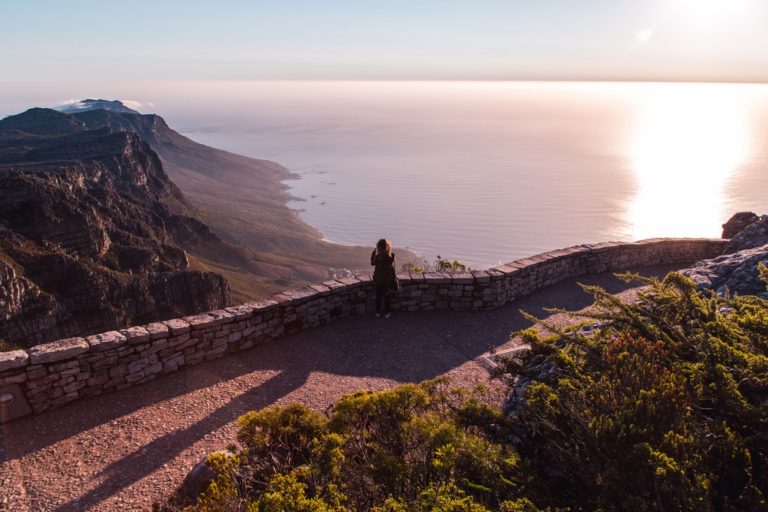Mali is a country in the West African region of Africa, a member of the ECOWAS. With an area of more than 1,240,000 square kilometers, it has 19.1 million inhabitants.
Home to nomadic tribes like Tuareg and Fulani, Mali was not colonized until Europeans arrived in the nineteenth century.
Mali was once a part of three Sudanic empires: Mali, Ghana, and Songhai.
Today, the country boasts sites like Timbuktu, the capital city Bamako, Djenne city, and its beautiful mosques and architecture.
Mali, a West African landlocked country, is one of the poorest nations in the world, with almost 45% of the people below the national poverty line. However, it is also a culturally rich country and has a lot of history that is not well known.
The country is known for producing some of the best African musicians, one being Salif Keita.
Mali’s economy is based on the export of agricultural goods, mining, livestock, and fish.
Geography
Mali is situated mainly in the Sahelian and Saharan regions. The Niger River is the leading trading and transport means as it flows through the country. In addition, the river has helped make the agricultural soil fertile.
Algeria borders Mali on the north, whereas Niger and Burkina Faso bound the country to the east, Cote d’Ivoire and Guinea to the south, and Senegal and Mauritania to the west.
It has two basic relief features: plateaus and plains.
Climate
Mali lies in the intertropical zone and thus, has a hot and dry climate most of the year.
There are two seasons in Mali: dry and wet.
The dry season begins in November and lasts till June. These months have low humidity and high temperatures, which are influenced by the alize and harmattan winds.
November to January has relatively cool temperatures averaging 25 degrees celsius whereas, March to June has dry and hot wind with dusty whirlwinds. The temperature averages 40-45 degrees celsius.
The monsoon season is from June to October. Consequently, temperatures are lower during these times.
Nature and Wildlife
Mali has two major vegetation zones: the Sudanic zone and the Sahel zone.
The Sudanic area is covered with savanna and has trees like nere, two ball nitta tree, the cailcedra, the karite, and the kapioka.
On the other hand, the Sahel zone has steppe vegetation with drought-resistant trees like the baobab, palmyra, and doum palm. Further north, you’ll find short, thorny plants like acacia, mimosa, and cram cram.
Deforestation has heavily impacted the desertification of the country’s areas.
Fortunately, Mali still has rich and varied animal life. You will find large mammals like gazelles, giraffes, elephants, lions, panthers, hyenas, and antelopes.
Crocodiles and hippopotamuses can be found in the rivers.
Visit the Boucle du Baoule National Park and the Ansongo-Menaka Animal Reserve to check out fantastic wildlife.
People
The major ethnic group of Mali is the Bambara. It is also the most spoken language in the country.
Other ethnicities living in Mali are Fulani, Soninke, Senufo, Dogon, Malinke, Bobo, Songhai, Tuareg, etc.
This population constitutes many agricultural groups who descend from the people of the ancient empires of Mali, Ghana, and Songhai.
Language
The official language of Mali is French; however, the Niger-Congo family’s languages, such as Bambara and Mande, are widely spoken by people.






